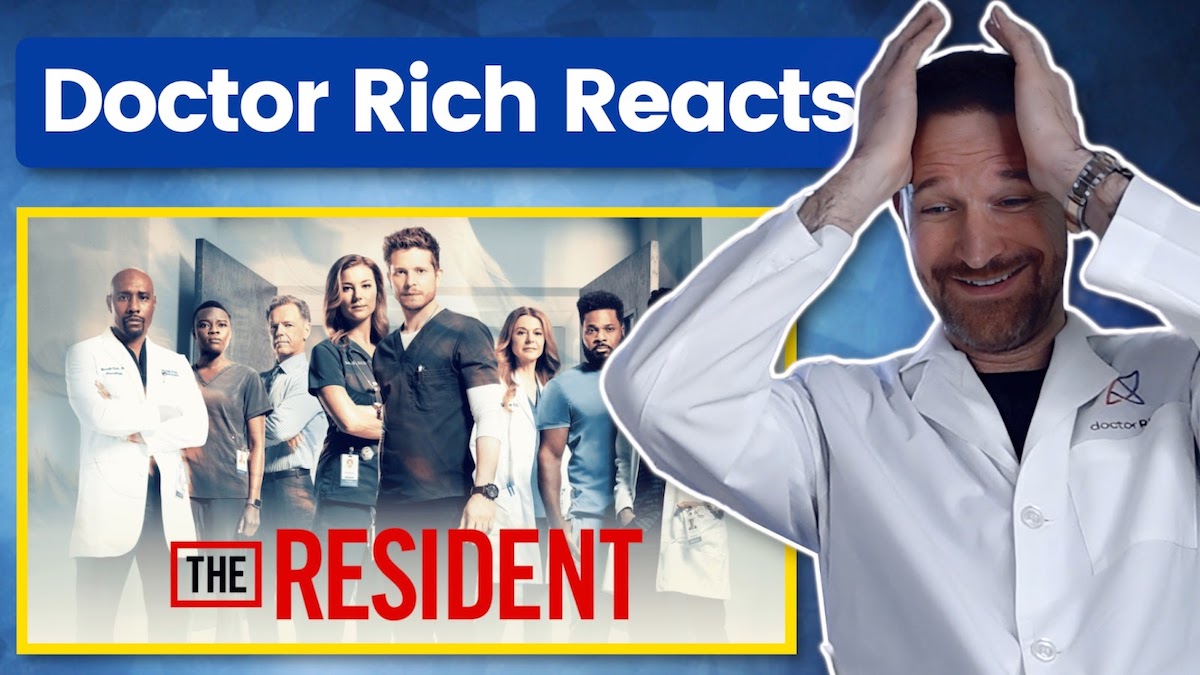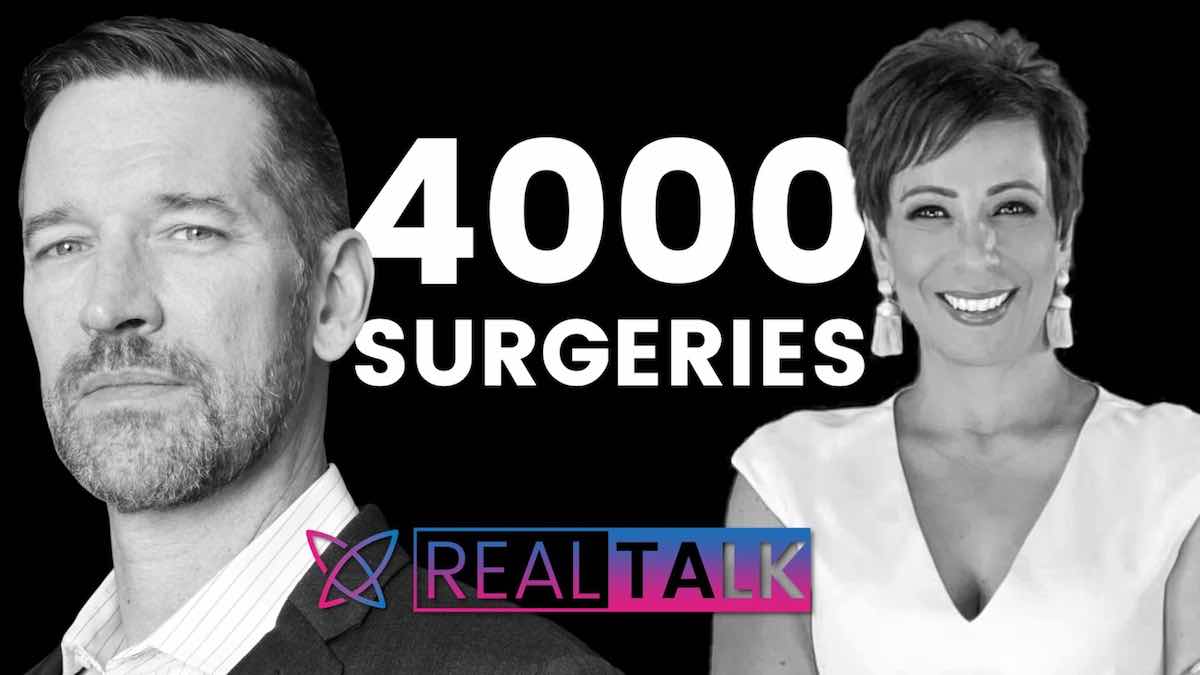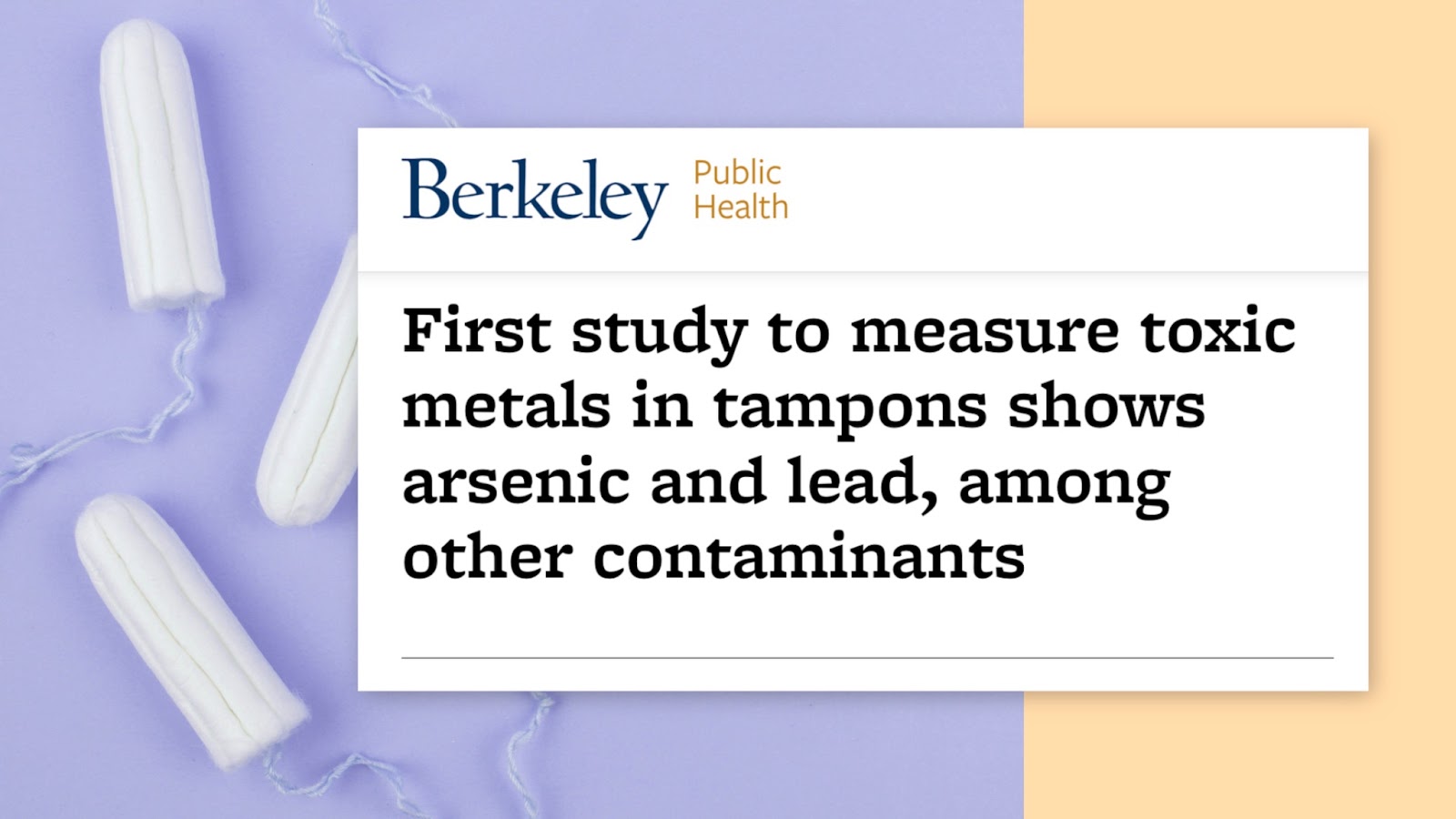Vaccination.
Even the word makes some people cringe. There have been few more divisive topics in the last three years than vaccination, but did you know that there’s a vaccine that can prevent cancer?
Don’t have time to read this post? Watch the video here instead!
Now I use the word divisive and not controversial because there IS no controversy in the study populations for every given vaccination. The benefits vastly outweigh the risks — even though there are some notable risks for vaccination in certain groups. So stick around if you want to know how to save lives with a single vaccination series!
So there’s an HPV vaccine that’s been around for eighteen years with over 60 million women benefiting. HPV (or human papilloma virus) is an infectious virus that is transmitted through sexual contact. There are over 100 different subtypes of the virus (and they’re all numbered), but 70% of all cancer is caused by two: the 16 and 18 serotype. As much as 90% of certain types of genital warts are caused by the 6 and 11 HPV type. In one large study, there was a 90% reduction in cervical cancer in vaccinated women compared to unvaccinated.
So who’s eligible for the vaccine, and when do they get it?
The original trial data for FDA approval was studied on patients aged nine through twenty-six, and that’s the recommended age range for receiving and starting the vaccination protocol (which is one dose, then another two months later, then a third dose six months after the initial). The ideal age range to start the vaccination is recommended at age eleven or twelve, and this is recommended for both women and men.
The primary risk reduction is cervical cancer and genital warts, although HPV can also cause cancer of the vulva, the vagina, the anus, the penis, and even the throat. Now, these cancers are far less common, but you would still get that benefit and risk reduction, which is why it’s also recommended for men. Now keep in mind the vaccine is a preventative strategy. Your body develops an immune response, and if you are exposed to HPV, it prevents your body from being infected and developing warts and cancer.
Now that being said, if a patient has had abnormal paps or genital warts in the past, they can still receive benefits from the vaccine. The original vaccine prevents four different types (6, 11, 16, and 18), and the most recently updated version actually prevents infection from nine most common. So it’s actually increased from the four most common to the nine most common HPV infections.
As if preventing cervical cancer wasn’t a good enough reason by itself to get the vaccine, it also prevents the development of genital warts, which are just fleshy outgrowths of irregular tissue from the vulvar and vaginal area. These can be painful, can (rarely) turn into cancer, are clearly aesthetically unappealing, and can certainly have other consequences including avoidance of sexual activity, embarrassment, and depression.
So if you don’t get the vaccine (or you DO get the vaccine and you have a rare strain that causes warts that aren’t protected by the vaccine), what are the treatments?
There are several major treatments. One is an actual topical ointment that (over a long period of time) can reduce the number and size of the lesions. It can have a very erosive effect on normal skin and normal tissue, so it has to be very delicately and precisely applied just to the lesion itself. And then there’s actual surgical treatments, which can include laser treatment freezing or, in some cases for extensive lesions, actually requires surgical removal of part or all of the vulvar tissue performed in an operating room.
And even though the vaccine has this amazing, impactful overall effect in risk reduction, it’s not a substitute for healthcare screening. You still need to go and be evaluated by your physician on an annual basis and have PAP testing as required for your age group. Also, safe sex practices. And although condoms cannot completely prevent the transmission of HPV, HIV, HSV, or other infections — it’s the best strategy we have to reduce the risk of transmission.
On this channel, our goal is to provide evidence-based education and information for as many patients as we can. Also, we’d love to hear from you. Drop your questions in the comment section below, and tell us what you’d like to hear as the next topic.




